The crisis behind Luckin Coffee's popularity! How can Starbucks catch up?
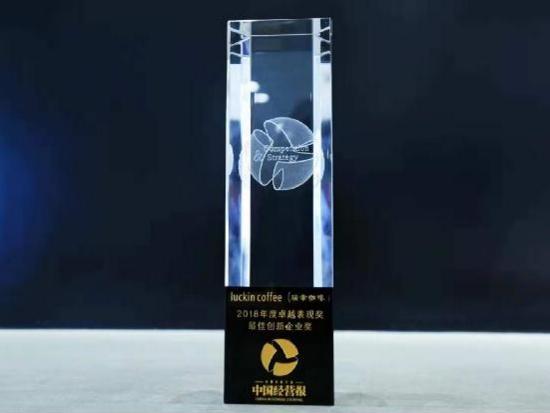
Professional coffee knowledge exchange more coffee bean information please follow the coffee workshop (Wechat official account cafe_style)
The 2018 Annual meeting on the Competitiveness of Chinese Enterprises was held in Beijing on November 20. Luckin Coffee (luckin coffee), the second largest new chain coffee brand in China, won the 2018 Outstanding performance Award "Best innovative Enterprise Award" for its innovative model and service.
The 2018 (16th) Annual meeting on Enterprise Competitiveness is jointly sponsored by China Business Daily and the Institute of International Development of Peking University with the theme of "creating China-a New starting Point, a New consensus". The "Outstanding performance Award" is based on the "China Business News Enterprise Competitiveness Evaluation Index" developed by the China Industry and Enterprise Competitiveness Research Center of the Chinese Academy of Social Sciences, which can reflect the company's competitiveness from various angles.

Luckin Coffee is positioned as a new retail professional coffee operator, which is the first online and offline combination in China, which can provide users with three service modes: dining out, self-service and delivery. Luckin Coffee takes "unlimited scene" as the brand strategy. compared with the "social space" of traditional coffee brands, Ruixing puts more emphasis on meeting the needs of customers in different scenes in the mobile Internet era. there are four types of stores: flagship store, leisurely store, quick access store and takeaway kitchen store.

Luckin Coffee, which has only been founded for nearly a year, has successfully planted flags in 21 cities and set up more than 1400 outlets (according to the official website), easily beating Costa Coffee from the UK to become the second largest coffee chain in China, and ranked among the best in the Hurun Greater China Licorne Index (Hurun Greater China Unicorn Index 2018 Q3) in the third quarter of 2018. Become a unicorn in a new retail category In contrast, Starbucks' operating profit margin in China / Asia Pacific fell 7.6%, while store sales fell 2% compared with last year, according to the recently released financial statements for the third quarter of 2018. This figure has not been seen since Starbucks entered the Chinese market in 1999.
Does the Little Blue Cup, which aims at Starbucks, really have a chance to beat the goddess from Seattle?

Luckin Coffee ranked at the top of the Hurun Greater China Unicorn Index (Hurun Greater China Unicorn Index 2018 Q3) in the third quarter of 2018, becoming a unicorn in a new retail category.
After looking at the "objective" facts above, let's take a look at what was done during the rise of Luckin Coffee, and why Starbucks missed some opportunities.

Whether on the official website of Starbucks or all kinds of related text materials, we can find that Starbucks has spent a lot of resources and efforts to turn each store into the so-called "third space (The Third Place)", hoping that these stores will become the "third choice" for consumers between going home and entering the office.
Use infinite scenarios (Any Moment) to balance product, price and convenience
Although in recent years, Starbucks has also created different outlets with different characteristics through the cooperation of different partners, under the core value of "third Space", consumers have to come to the store to spend in person. in order to experience the effort that Starbucks has put into building these outlets, as well as the warmth and thoughtfulness shown by Starbucks partners.

On the contrary, Luckin Coffee, who was born and raised in China, makes full use of the advantages of Chinese operators and combines online and offline new retail methods, starting from the "Any Moment", so that products, price and convenience can be balanced integration, for those Chinese consumers who attach importance to performance-to-price ratio and convenience Luckin Coffee is a new choice to try (not to mention the marketing campaign that can be seen almost everywhere around consumers).
Based on the central idea of unlimited scenes, Luckin Coffee not only allows consumers to order through APP, but also creates four different look stores, including flagship stores, leisurely stores, fast access stores and takeaway kitchens, so that consumers with different needs can buy coffee most conveniently and cheaply.
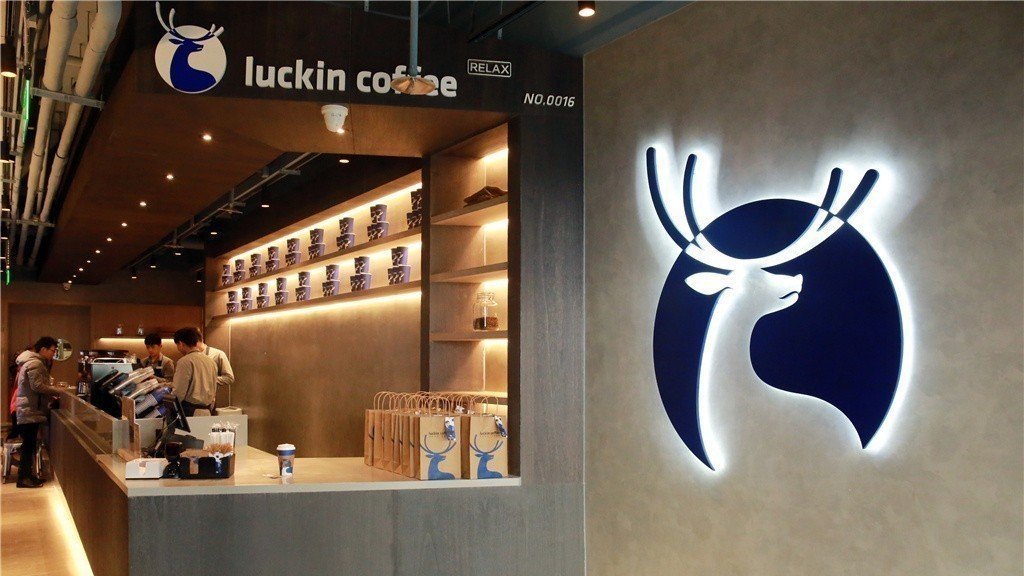
In order to encourage consumers to order through APP, Luckin Coffee quickly promoted the status of "small Blue Cup" in consumers' minds by "giving coffee to friends, getting himself a cup of coffee", "logging on to APP for the first time and getting one free", "buy one get one free, buy five get five free" and so on. He also took full photos of the construction of the sign-in scene and shared it in Wechat moments. And split marketing techniques appear everywhere in the lives of "potential coffee buyers". There is no need to elaborate on the common practice of endorsing through well-known artists or online celebrities.
In addition to quickly entering the Evoked Set of coffee brands in consumers' minds through the above techniques, Luckin Coffee's cooperation with various external partners is also quite flexible, fully reflecting the central idea of "infinite scene".
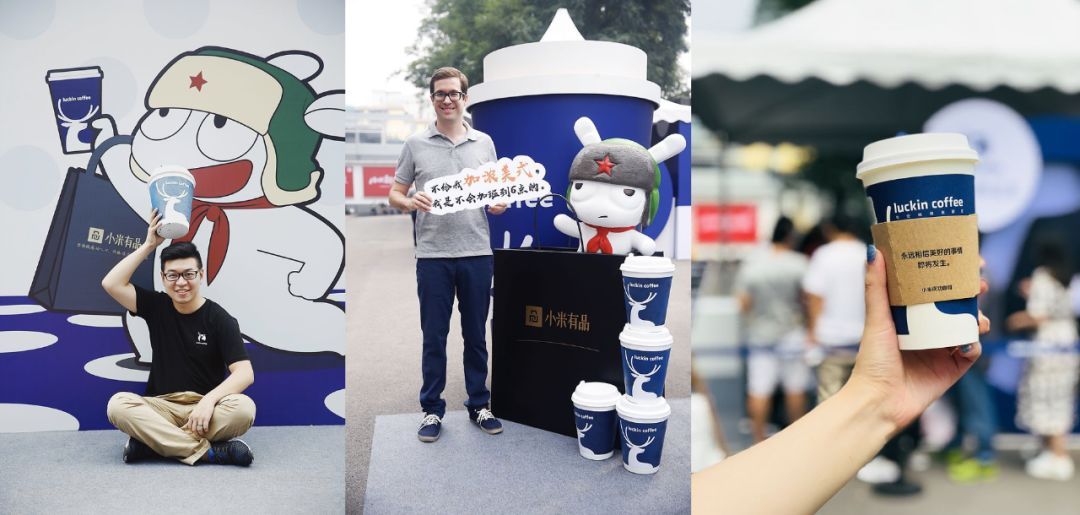
The Little Blue Cup can be seen at the 2018 China Open, the Beijing Marathon, the closing ceremony of the Beijing Film Festival, the Beijing Auto Show, the ChinaJoy Cosplay Carnival or the WRC World Robot Congress, and the marketing results that can be achieved with such activities are amazing. Even film and television placement, celebrating corporate listings and even relatively rare practices such as high-end car brands or opening a shop in the gym, Luckin Coffee has used admirably.
Through these cooperation with well-known brands or activities online or offline, Little Blue Cup has not only greatly expanded its visibility, but also made the coffee drinking "scene" in the past develop from the "third space" defined by Starbucks to the end of "infinite imagination".
The little blue cup can rest easy?
Looking at the above marketing techniques adopted by Luckin Coffee and the amazing growth in the number of customers and sales figures (5 million cups of coffee have been "sold" within four months of operation), do you feel that Starbucks is in jeopardy? The little blue cup can rest easy? If the consumer market is so boring, entrepreneurs and marketers don't have to think about it all day long! Next, let's take a look at the potential crisis behind Luckin Coffee's popularity and how Starbucks can catch up.
First of all, although Luckin Coffee quickly entered the market with the new retail method and acquired a large number of customer groups (unlike the traditional industry, which entered the market in the order of market, goods and people, and gave priority to obtaining a large number of members), however, Luckin Coffee should not ignore all the problems that the physical retail industry needs to face. Whether it is cost control, attrition rate, gross profit margin, supply chain management, and service quality problems that can not be completely solved even through the best APP, and so on.
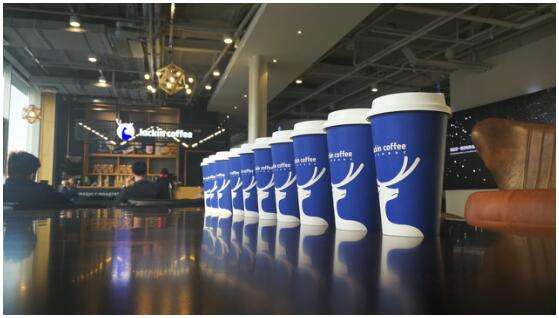
Of course, there are strong traders and teams behind Luckin Coffee's rise in a short period of time, but are there any ways for colleagues within the head office and partners who really face on-site customers to find the most appropriate cooperation model to strike a balance between service, quality and efficiency in the face of the surge in the number of customers and the influx of orders? it is one of the major problems that must be faced. As for the management problems with franchisees, not to mention.
In addition, in the face of the pressure brought by Luckin Coffee, Starbucks also reached a cooperation agreement with Alibaba a few days ago to deliver coffee through the distribution system of ele.me. If all goes well, Starbucks will have the opportunity to narrow the gap between the two delivery markets in a short period of time. However, since its inception, Luckin Coffee cannot shape the atmosphere of the store, the facilities in the store, the taste of coffee, the research and development of matching products, the training of store partners, and the most important service culture.
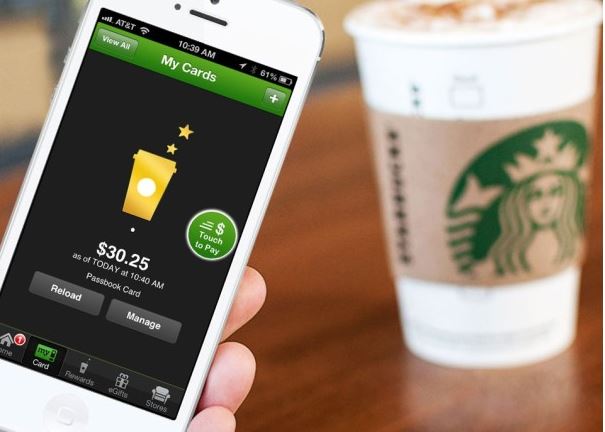
On the contrary, Starbucks itself has invested a lot of time in the development of APP over the past few years, and Starbucks' APP is the most popular mobile payment tool in the United States.
Through Luckin Coffee's "Tip Point", as long as Starbucks invests relative resources to conduct a more in-depth analysis of the purchase behavior of APP users, it is bound to have the opportunity to have a negative impact on Luckin Coffee's current advantages. The point is that Starbucks' imagination of the "coffee scene" can be "bolder", "more flexible" and more "agile".
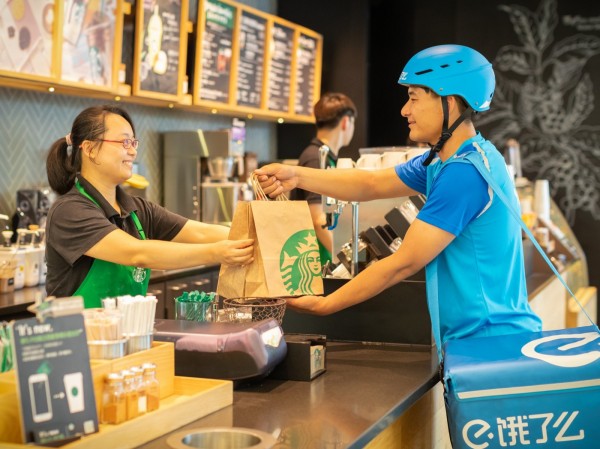
A few days ago, Starbucks reached a cooperation agreement with Alibaba to deliver coffee through the distribution system of ele.me.
Discussion: is brand a weapon or a yoke of an enterprise?
In the current marketing promotion, we are constantly instilled with the important concept of "brand"; we believe that brand can enhance the bargaining power of enterprises to consumers, and brands can also enable practitioners not to pay too much marketing costs and other benefits; but in the case of Starbucks and Luckin Coffee, Starbucks'"brand" seems to have become a "curse" in the process of market competition.
Many things cannot be done because of the brand's "image / impression". Does the brand become an "obstacle" to innovation?

Because Starbucks is a brand with a little "age" and a little "status", many marketing activities cannot be done, and there are many cooperation programs that cannot be done / do not want to do; but in the face of the rapidly changing market and competitors who do not know which corner will emerge, is Starbucks "brand" power a "weapon", a "shield", or a "shackle"? We can only hope that there may be more examples to observe in the future.
Part of the picture and text reference: financial world, digital age
END
Important Notice :
前街咖啡 FrontStreet Coffee has moved to new addredd:
FrontStreet Coffee Address: 315,Donghua East Road,GuangZhou
Tel:020 38364473
- Prev
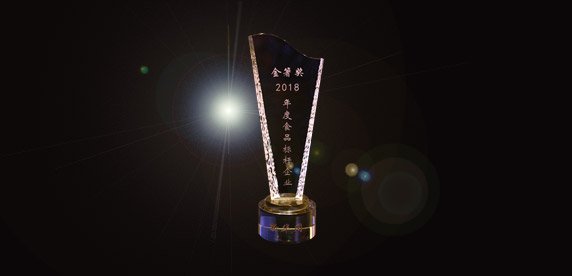
Nestl é won the golden prize in China's food industry in 2018 to build capsule coffee production in Switzerland.
Professional coffee knowledge exchange more coffee bean information please follow the coffee workshop (Wechat official account cafe_style) November 20, 2018, sponsored by Xinhuanet Food Industry 2018 China Food Development Conference was held in Beijing. The theme of this conference is brand leading change and creating reshaping value, which was officially announced at the 2018 China Food Industry Golden Award. Because Nestle is in China
- Next
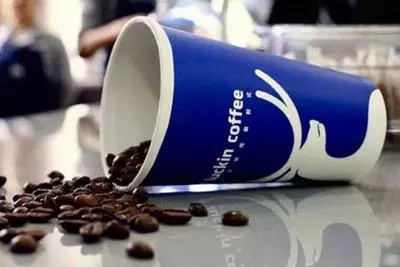
Luckin Coffee announces upgrade of coffee beans luckin coffee Master Coffee ushered in a major upgrade
Professional coffee knowledge exchange more coffee bean information please follow the coffee workshop (Wechat official account cafe_style) luckin coffee Master Coffee ushered in a major upgrade stores across the country will adopt newly upgraded coffee beans, luckin coffee (Luckin Coffee) announced that stores across the country will adopt newly upgraded coffee beans one after another. This is the luckin cof since its trial opening in January this year.
Related
- What brand of black coffee is the most authentic and delicious? what are the characteristics of the flavor of the authentic Rose Summer Black Coffee?
- Introduction to the principle and characteristics of the correct use of mocha pot A detailed course of mocha pot brewing coffee is described in five steps.
- Which is better, decaf or regular coffee? how is decaf made?
- How much is a bag of four cat coffee?
- How about four Cat Coffee or Nestle Coffee? why is it a cheap scam?
- Which is better, Yunnan four Cats Coffee or Nestle Coffee? How about cat coffee? is it a fake scam? why is it so cheap?
- How about Cat Coffee? what grade is a hoax? which instant coffee tastes better, four Cat Coffee, Nestle Coffee or G7 coffee?
- Process flow chart of coffee making-Starbucks coffee making process what coffee tastes good at Starbucks
- The top ten best coffee beans in the world Rose summer coffee or Tanzanian coffee tastes good
- Yunnan four cat coffee is good to drink?_four cat coffee is a big brand? four cat blue mountain coffee is fake?

